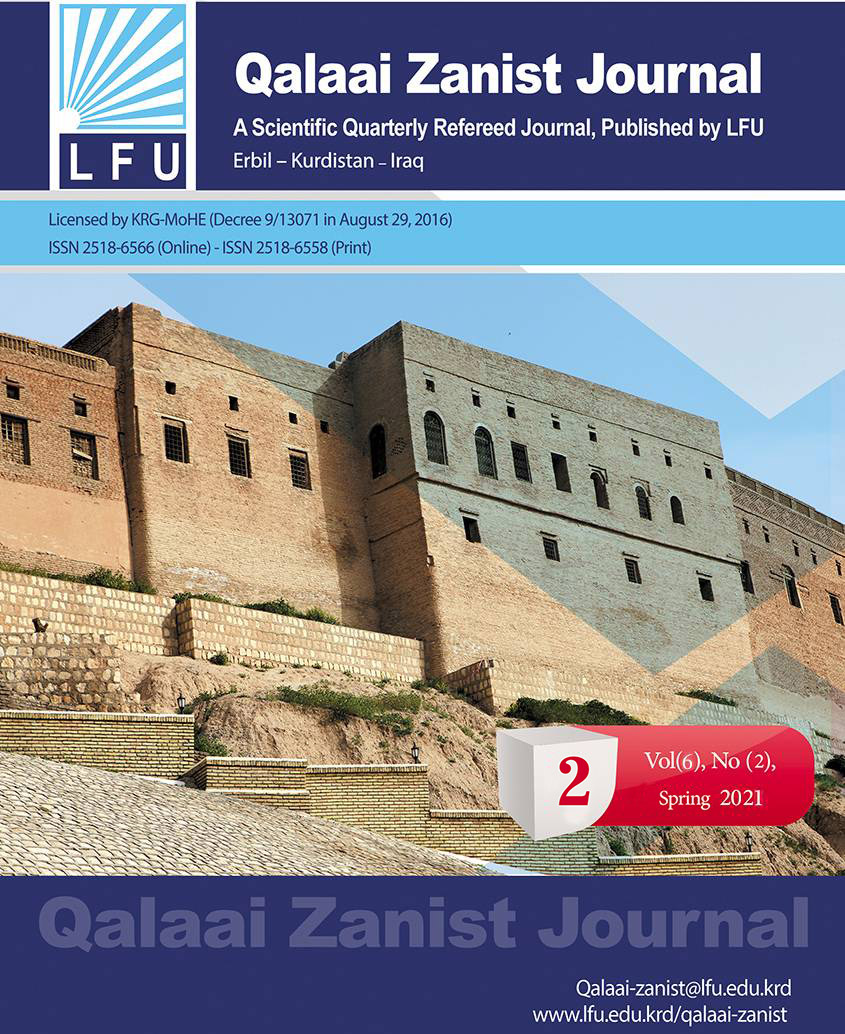Foreign relations of the Safavid state with Russia During of Shah Abbas I (1587 - 1629)
##plugins.themes.bootstrap3.article.main##
الملخص
The Safavid state during the reign of Shah Abbas I was in conditions characterized by high political relations. Its relations branched out into Europe, as geographical factors were not an obstacle to establishing political and economic relations with those European countries.On the political side, the results of those relations were not happy for Shah Abbas I, but they were able to build for Iran a basis in its friendly and cooperative relations to some extent with European countries in general, and with Tsarist Russia in particular, and this achievement is one of the prominent features of the period of Shah Abbas I.This study consists of three topics, the first topic deals with political relations between the two countries before the rule of Shah Abbas ,While the second topic is devoted to talking about the political relations of Shah Abbas with Tsarist Russia between the years (1588-1605), at the beginning it emphasized the Astana Treaty (Farhad Pasha) between the Safavid and Ottoman states and its effects on Iranian-Russian relations, then at the end of the topic it was devoted to talking about normalization Relations during the reign of the Russian Tsar (Boris Godunov), who played a fundamental role in forming the tripartite alliance (Safavid - Russian - Holy Roman Empire) against the Ottoman Empire.Concerning the third topic entitled (The political relations of Shah Abbas I with Tsarist Russia) between the years (1605-1629) dealt with the internal conditions of Russia after the death of Boris Godunov and its effects on Russian foreign policy, and this led to the Iranian-Russian relations and its relative course towards more weakness. But after Mikhail Romanov took over the reins of power, relations took their real line again, but Shah Abbas I, under the pretext of his war with the Ottoman Empire and his treaty with the English East India Company (the Treaty of Silk), neglected his relationship with the Russians and put them behind his back to some extent. This caused an increase in apathy and deterioration in their relations until the death of Shah Abbas I in 1629.
التنزيلات
##plugins.themes.bootstrap3.article.details##
كيفية الاقتباس

هذا العمل مرخص بموجب Creative Commons Attribution-NonCommercial-ShareAlike 4.0 International License.
Qalaai Zanist Journal allows the author to retain the copyright in their articles. Articles are instead made available under a Creative Commons license to allow others to freely access, copy and use research provided the author is correctly attributed.
Creative Commons is a licensing scheme that allows authors to license their work so that others may re-use it without having to contact them for permission





